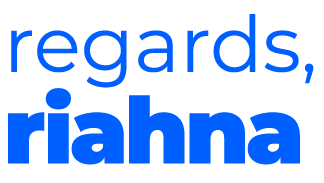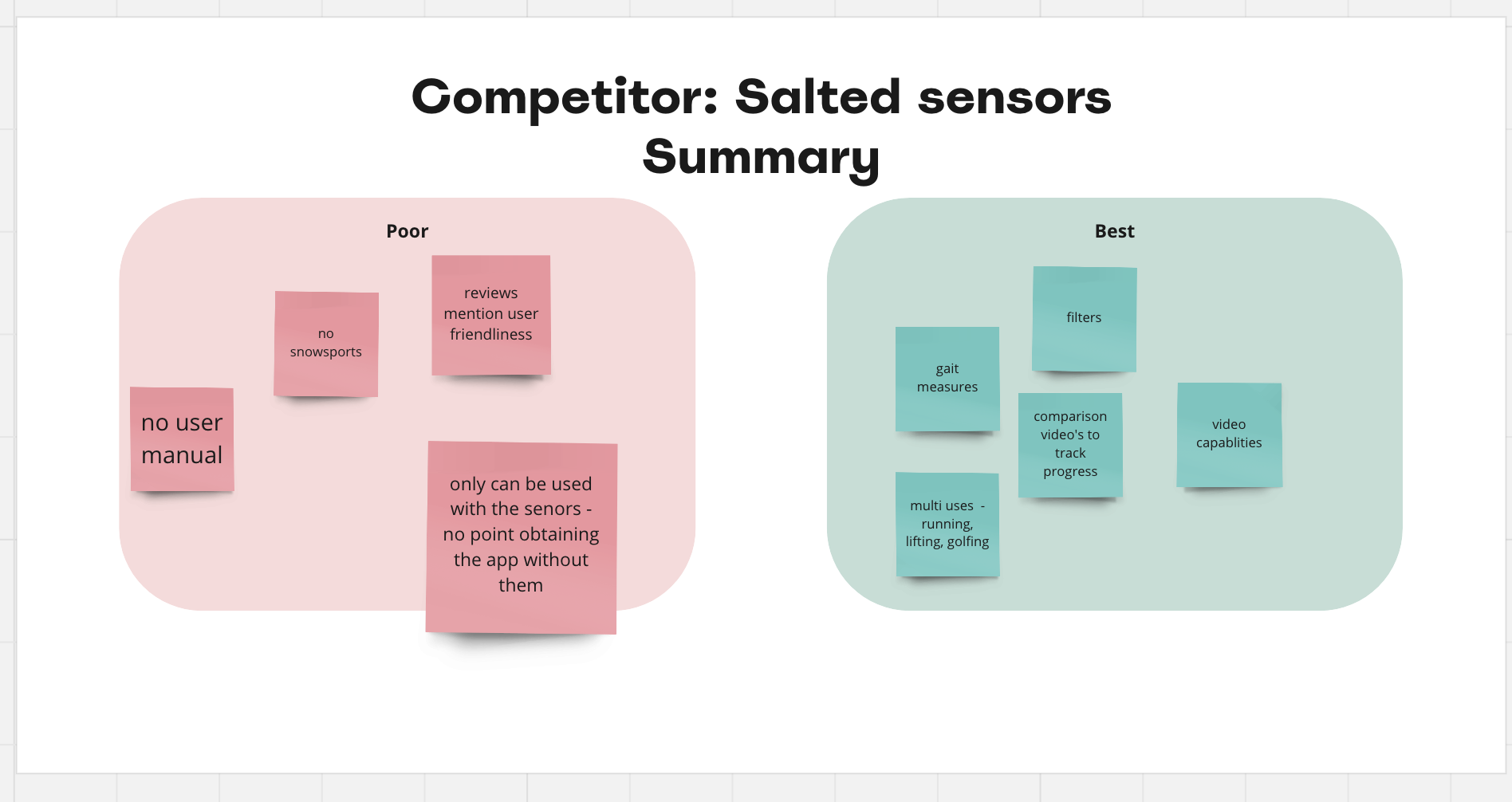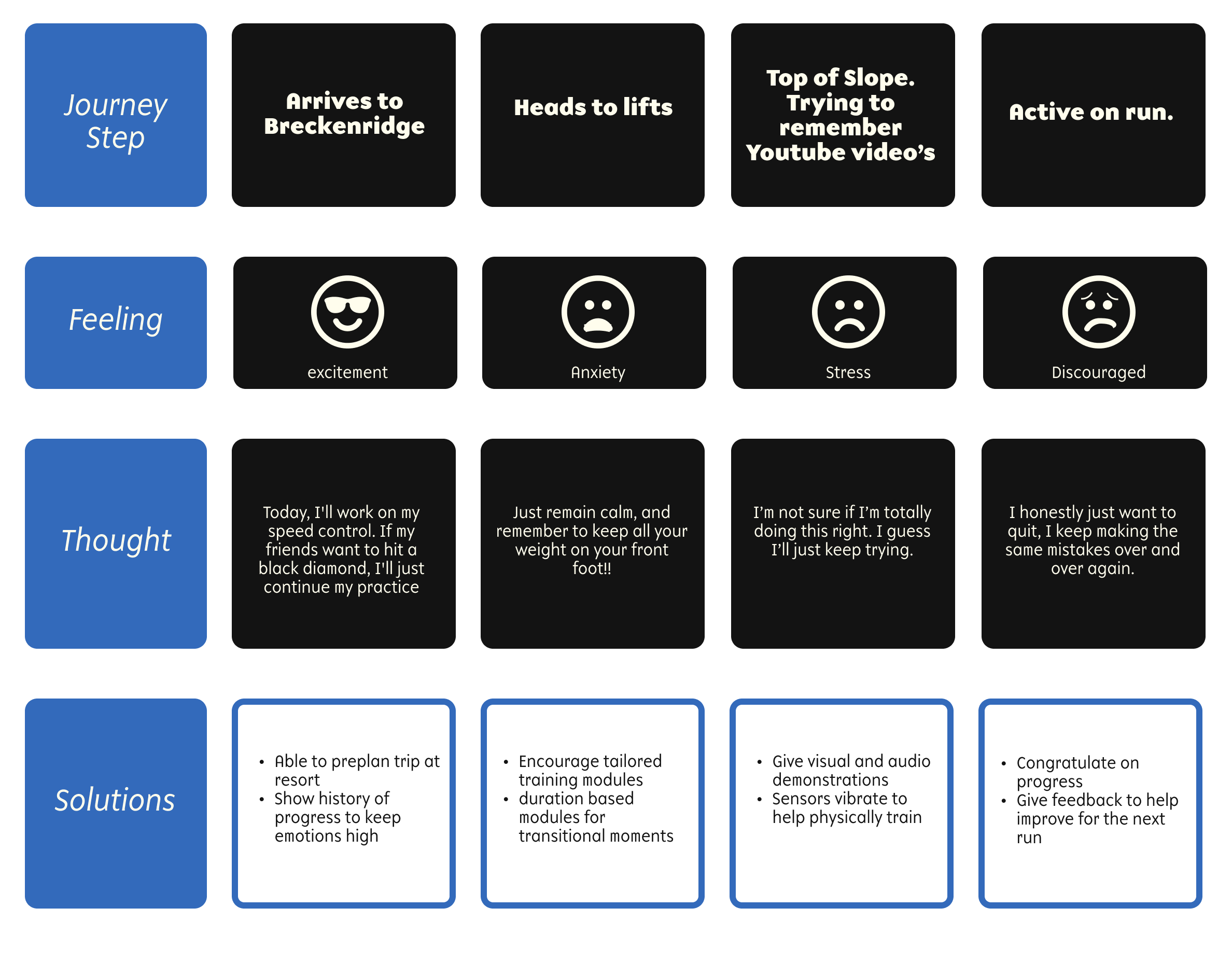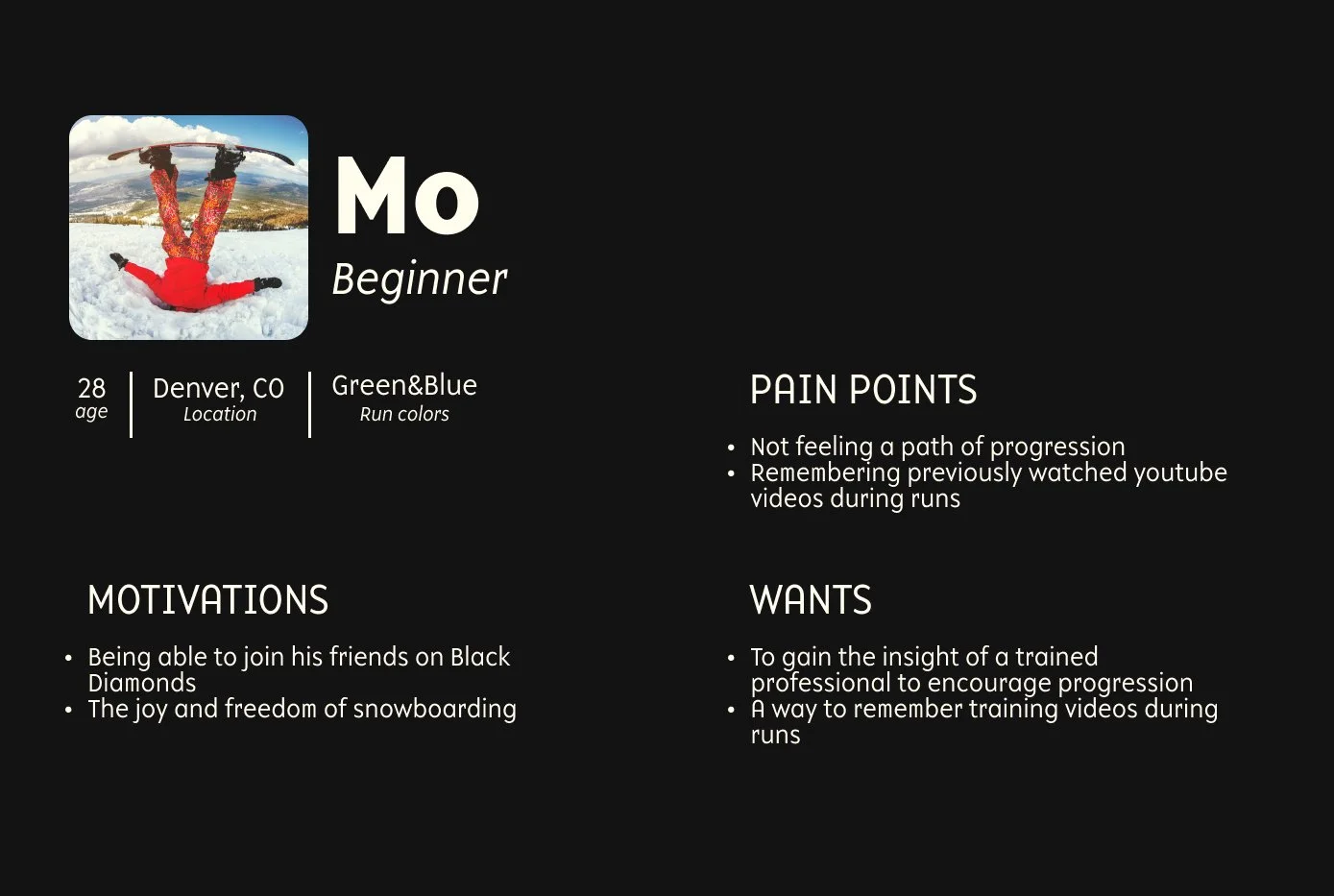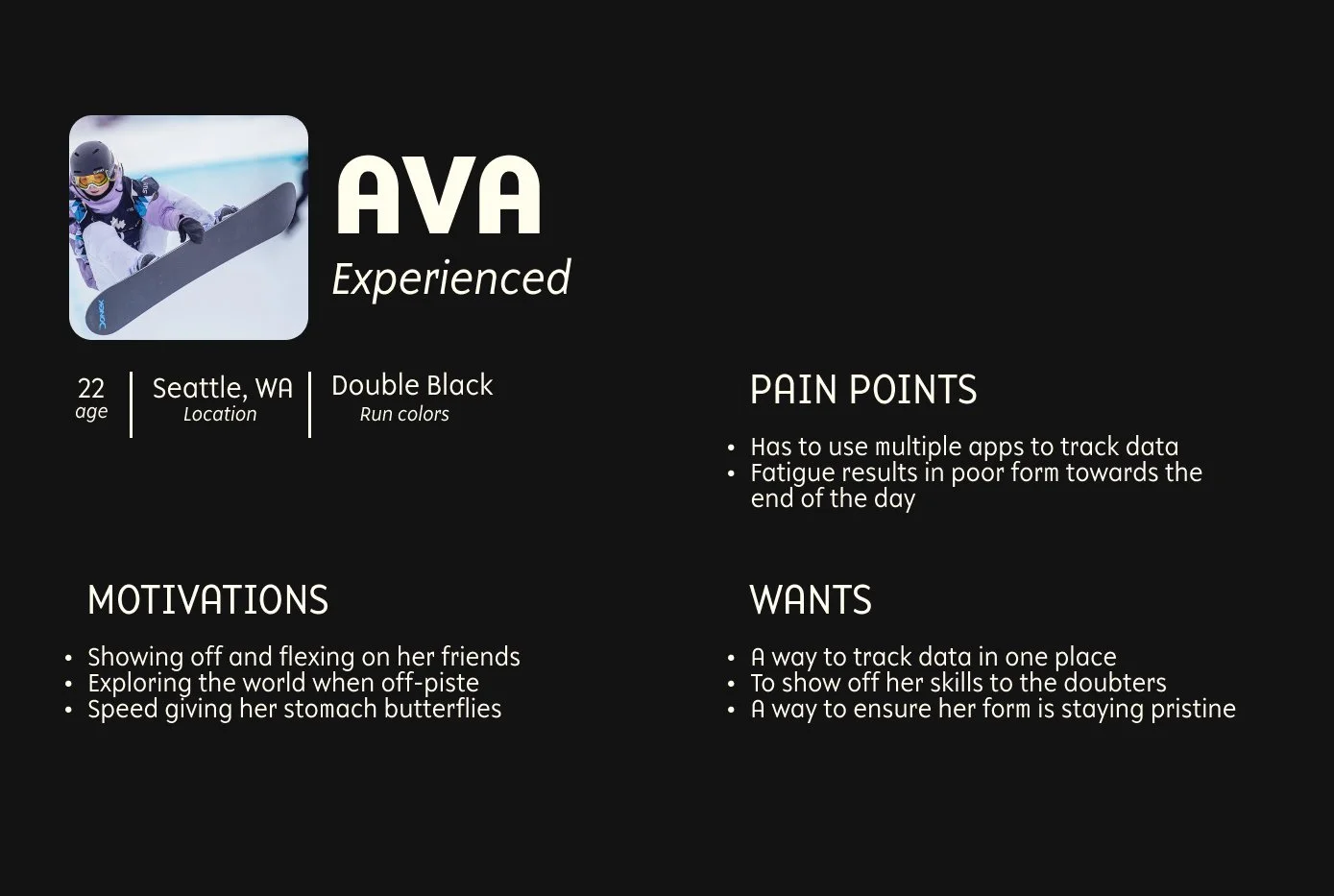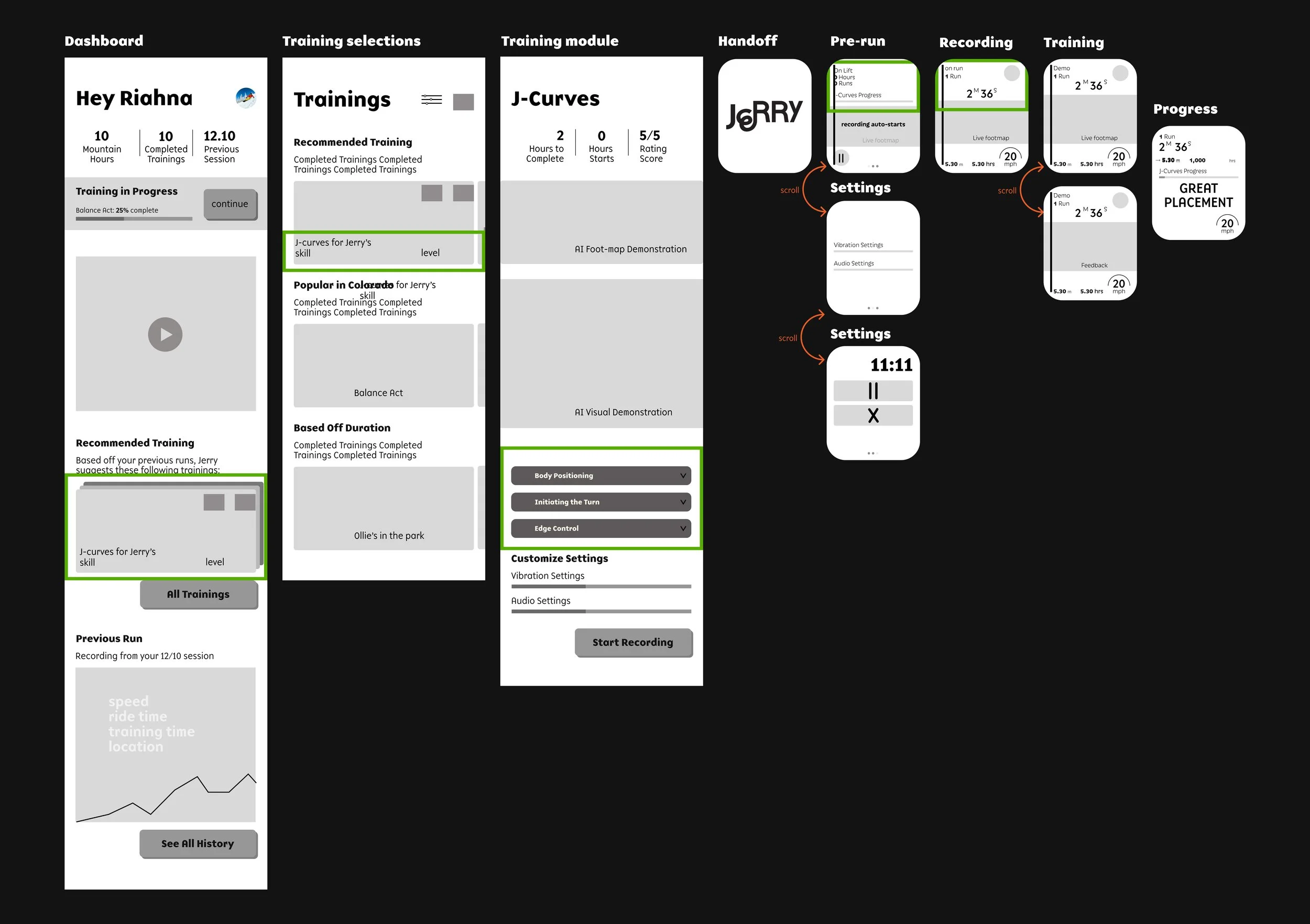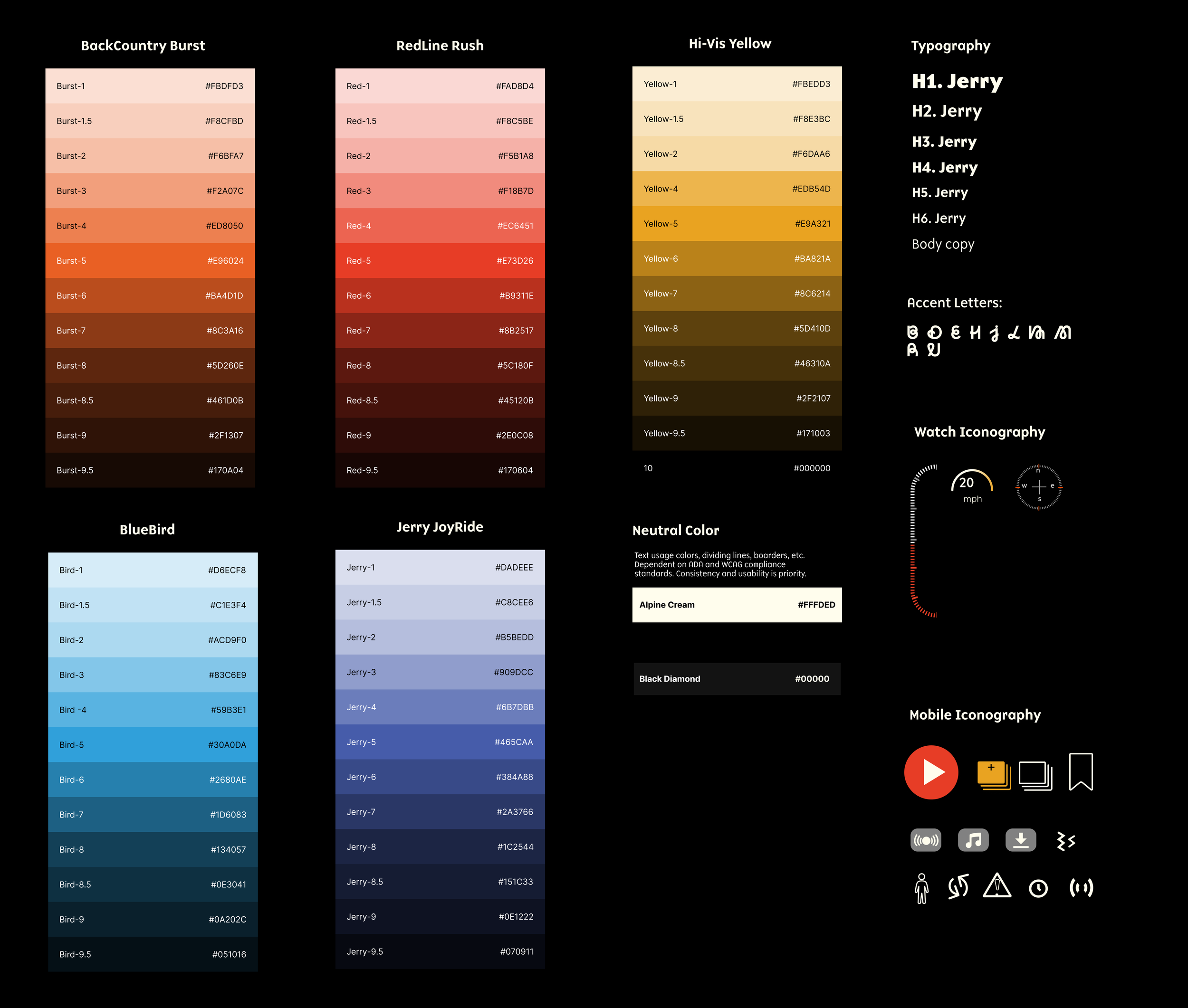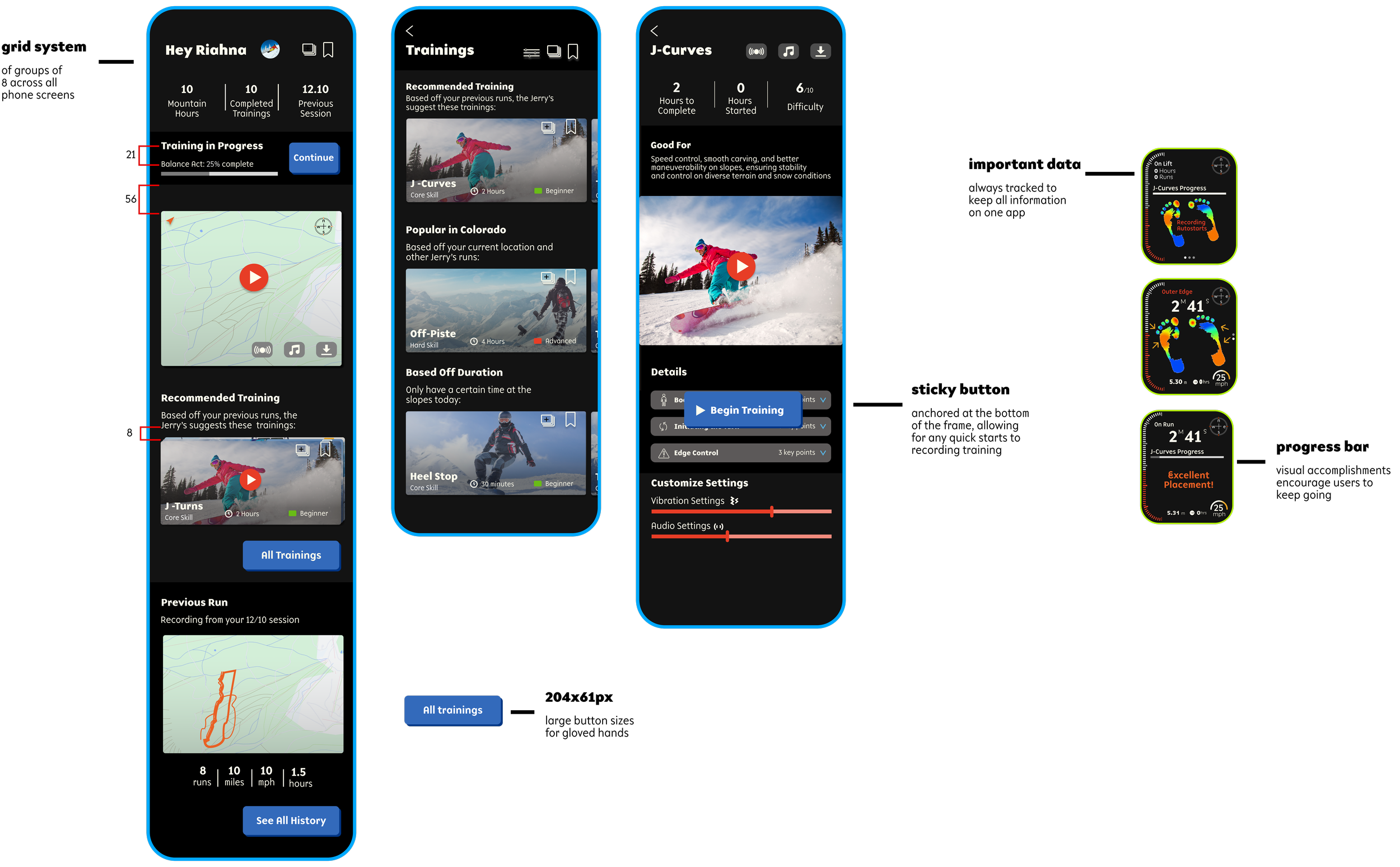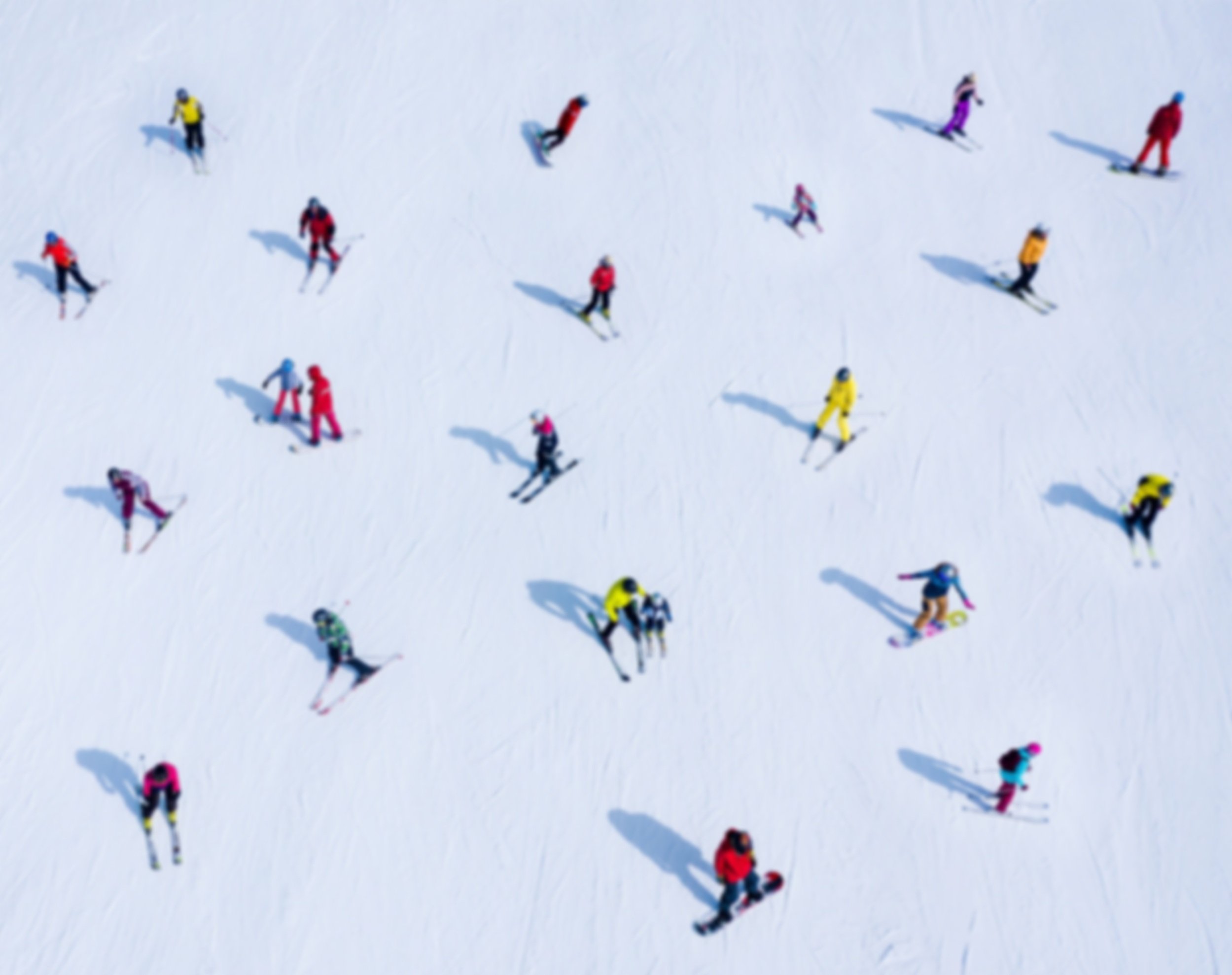
Project details:
15 weeks
Researcher &
Designer
Courtney Spencer
Creative Director
Figma
Adobe Creative Cloud
Google Scholar
The first time I snowboarded, I swore I broke my wrist.
I swore I broke my wrist.
I swore I broke my wrist.
The why?
The who?
Snowboarders face a significantly higher risk of injury compared to skiers, with beginners facing an increased likelihood of wrist, arm, and sacrum injuries from falls. This elevated risk, combined with a high drop-out rate of nearly 80% among first-timers, highlights a critical gap in snowboarding education. The lack of consistent and affordable training options exacerbates the problem, as lessons are costly, and most learners can only afford a few each season. Between lessons, beginners often struggle to assess their progress, leading many to turn to social media for feedback. However, filming from a high angle fails to capture critical aspects of body control, which is essential to mastering snowboarding. With snowboarding being the fastest-growing winter sport, this traditional learning model is not sufficient to meet the needs of digitally-native learners who expect more personalized, on-demand experiences.
The typical user bases for Jerry includes beginner snowboarders who are more prone to injuries due to a lack of proper, consistent training and those facing the high costs of lessons. Many of these beginners are part of a younger, digitally-native demographic that prefers learning through technology-driven platforms. This group values real-time feedback, personalized progress tracking, and social engagement, all of which are not adequately provided in traditional snowboarding lessons. Additionally, those who turn to social media for advice often lack the proper feedback mechanisms to improve their techniques, further hindering their progress and increasing injury risks.
Stakeholder interview
I successfully secured a stakeholder interview with a prominent sensor company in the industry. The company is used within large companies to test performances of their products or their athletes. In my preparation for the interview I created a slew of questions to ask the representative. The biggest question I came into the interview with was:
“Can you tell me about any constraints related to the work that i'm doing that you think would be important for me to know about?”
The representative let me know very clearly that this is a touched industry, but noted that this is a field that can be improved upon in a commercial setting. The representative emphasized that the way to make my product stand out would be competitor analysis.
A virtual and physical coach in one app
Empathic approach
Jerry is designed to provide a seamless coaching experience through its integrated mobile and wearable app, addressing both physical and digital needs. I create customizable training modules that allow users to pre-plan their sessions and receive personalized feedback. To help beginners track their progress, I include foot heatmaps that visually show weight distribution, offering clear, actionable insights.
On the slopes, users receive feedback through vibrations, so they can stay focused without needing to check their phone, and can gain visual feedback via their watches interface. Designing in dark mode allows for better contrast in snowy environments, ensuring Jerry is easy to read at a glance.
Persona’s
Wireframes & usability testing
Round one
Round two
Round three
After conducting usability testing, the primary area of focus was the watch flow. Overall feedback indicated that the time was overpowering the design and not the most important content to be viewed while using the product. Another area of feedback was that the screens were all very similar, making it difficult to understand the differences and provide feedback. The main goal of Jerry is to provide quick, easy, and understandable content.
After receiving feedback on the watch screens, I prioritized what a snowboarder would want to see when quickly looking down at their watch. Drawing from research and understanding the needs of snowboarders, I ensured that essential metrics such as timer, elevation, distance traveled, and total session duration were prominently displayed. Snowboarders often track their session duration to gauge their performance and progress throughout the day. Elevation is crucial for mountain sports enthusiasts as it indicates the terrain difficulty and intensity of their ride. Distance traveled provides a sense of accomplishment and helps in planning routes, especially in vast terrains. These metrics were chosen based on insights from avid snowboarders wants and needs. Additionally, I began to experiment with UI testing to further refine the user experience. The overall feedback highlighted the importance of simplicity, clear calls to action, and minimizing distractions.
The training cards and training page lacked key details such as skill level, fundamental skill ranking, a save button, and a queue button. The training module also became complicated with horizontal and vertical scrolling. The written details became a stacked card that the user can easily open and close to see areas of interested training details. The watch interfaces were becoming clustered and top-heavy. The Apple Watch has a feature of a vertical elevation bar, which is now used to show the user quickly the elevation gain. The distance traveled and total session time were moved under the foot map content to keep similar content grouped together.
Ui kit
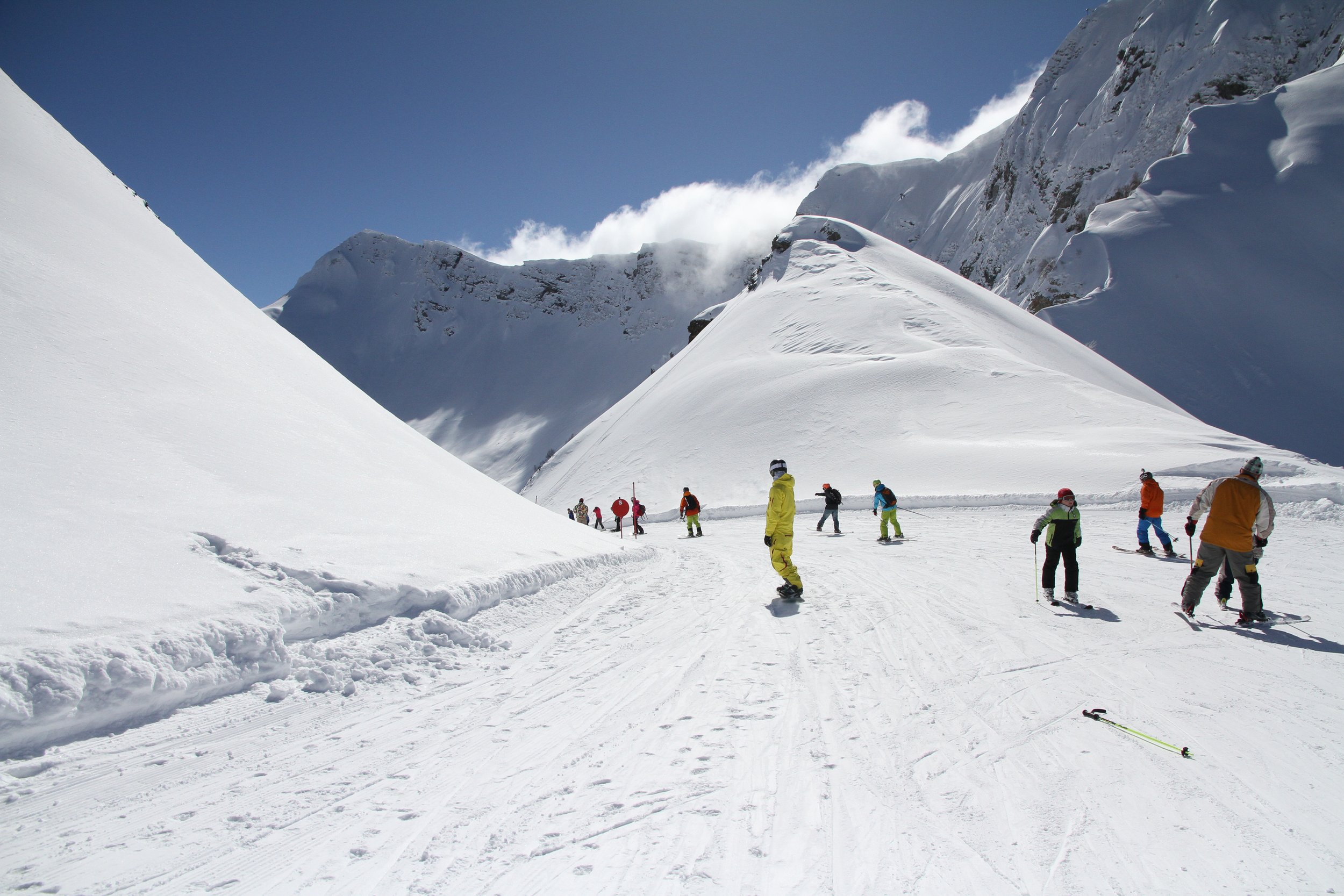
Experience what it’s like to be a Jerry
Providing the user with real-time training and feedback from hands to toes allows people to feel their progress as it happens. Who doesn’t like to receive a pat on their back?
Conclusion
Jerry maintains the core value of being quick and easy to use by having a deep understanding and reliance on real snowboarders' wants and needs. Before this project, I felt like I was still trying to understand what user research meant for designers. This project opened my eyes to what that means. Allowing people who would be users for this project to give me feedback along the way was a pivotal shift for my design process. Special thanks to Courtney Spencer and all of my snowboarding friends for the guidance and feedback along the way.
Check out the prototype below!
